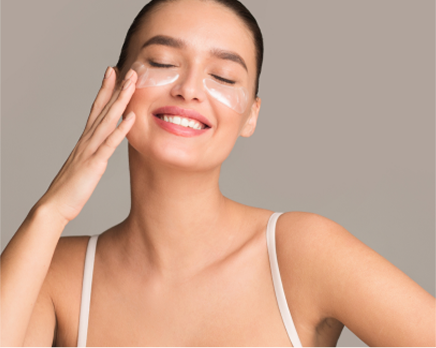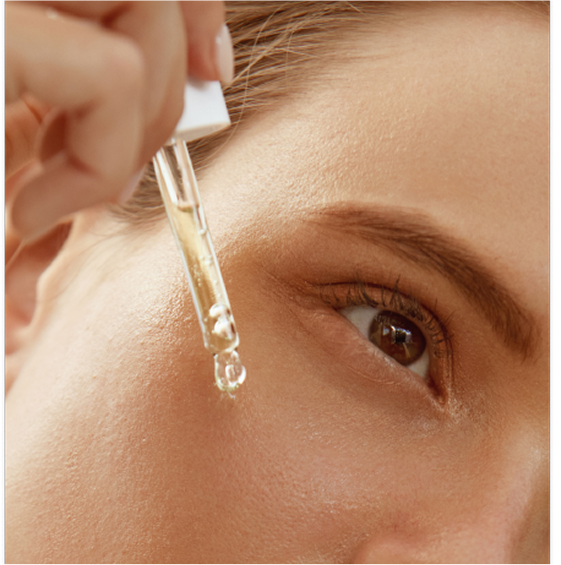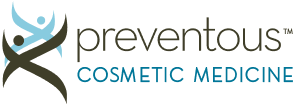Collagen is the most abundant protein in the human body, found in the bones, muscles, skin, and tendons.
Collagen is the most abundant protein in the human body, found in the bones, muscles, skin, and tendons. It is the substance that holds the body together. Collagen forms a scaffold to But, as we age, the development of new collagen and elastin is significantly reduced as this process becomes impaired. By age 40, collagen development can be 2/3 of what is considered optimal. This aging effect is exacerbated by lifestyle factors such as poor nutrition, smoking and Ultra violet rays (sun) exposure. For example, chronic sun exposure is characterized by deep wrinkles, reduced elasticity and pigment changes that is not present in unexposed areas of the skin. This happens because photo aging diminishes collagen by increasing the amount and duration of circulating enzymes known to breakdown collagen as well as inhibiting the fibroblast cell availability which are necessary for the development of new collagen. Not to bore you with the science of collagen, but it is necessary to understand how collagen and elastin synthesis work. Collagen takes time to breakdown, it also takes time to repair. Genetics play a role as they will impact the response to lifestyle factors such as poor nutrition, smoking, environmental exposure. For example, naturally pigmented skin has greater baseline collagen, undergoes less breakdown of collagen in response to negative lifestyle factors. On the other hand, DNA of Caucasian skin undergoes greater negative impact from all these factors. Response to corrective treatments are equally impacted by these same factors.
Patients often wonder why one day they wake up they suddenly notice aging signs, deterioration in texture, increased lines, loss of glow, all seemingly occurring over night. In fact, this has not happened, collagen breakdown occurs slowly over time, the onset, somewhere in our mid 20’s, but then accelerates as fractured collagen accumulates leading to the loss of tensile strength. In addition, the structural changes of the skin that we see on our face in the form of lines, sagging, thinning of skin, is exaggerated by the effects volume loss, loss of elasticity, bone regression and hyperactivity of muscles, mentioned in prior blogs, that also occur over time.
So how can we mitigate collagen/elastin breakdown, or in other words, stimulate future synthesis. There are many avenues for collagen development, in fact, results are better, when treatment options are layered. Using multiple mechanisms of collagen and elastin stimulation may support quicker and better results through synergism. Let’s learn more about different treatment options.


Then there are injectables such as HA filler and biocollagen stimulators. Hyaluronic acid dermal fillers, stimulate collagen production mainly through creating tension and stretch stimulating the fibroblast action. On the other hand, Radiesse and Sculptra, are the two best known injectable biocollagen stimulators. In the filler family, they can be injected like a filler, but with a secondary benefit of improving texture, tightness and tone by stimulating elastin and collagen production. The main components of radiesse are calcium and phosphate, which is naturally broken down by the body. During the process of absorption, the radiesse particles stimulate fibrobroblast, found within the skin, to produce collagen. Similarly, Sculptra or Poly L lactic acid works by creating inflammation to stimulate fibroblasts producing collagen. Over time collagen is developed improving skin texture and tightness.
There is a relationship between nutrition consumption or what eat and skin health. In short food containing fibre, protein, vitamins and mineral, carotenoids, and even certain spices are beneficial to repairing damage from the sun and negative lifestyle effects, while protecting from UV rays and rapidly aging skin. In addition, nutrition can have a synergistic benefit to corrective skin treatments. Plant extracts have been found to be important for the effects of anti inflammatory, suppressing collagen breakdown, promoting DNA repair and and UV protection. Nutraceutical supplements have some relevance when nutrition is compromised. As you can imagine this is a big topic so deserves its own “blog”. Stay tuned!
There is now better evidence for taking supplemental collagen even in small doses, like the powdered collagen 5-10 grams. Initially thought to be broken down into amino acids before it can be used for the development of new collagen, it is now recognized that supplemental collagen, once absorbed seems to infiltrate the skin where is attaches to fibroblasts to stimulate collagen and elastin. In these studies, improvement in smoothness, moisture content and elasticity of the skin. Topical collagen also seemed to be beneficial in a few studies.
In this blog, I highlighted some the more effective and well known treatments for collagen stimulation. Keep in mind, that layering treatment within a defined period can optimize outcomes. Treatments have different side effects, usually mild, and some with a degree of social downtime. The best treatment plans are carefully coordinated with the needs and lifestyle of the patient….Til next time..
